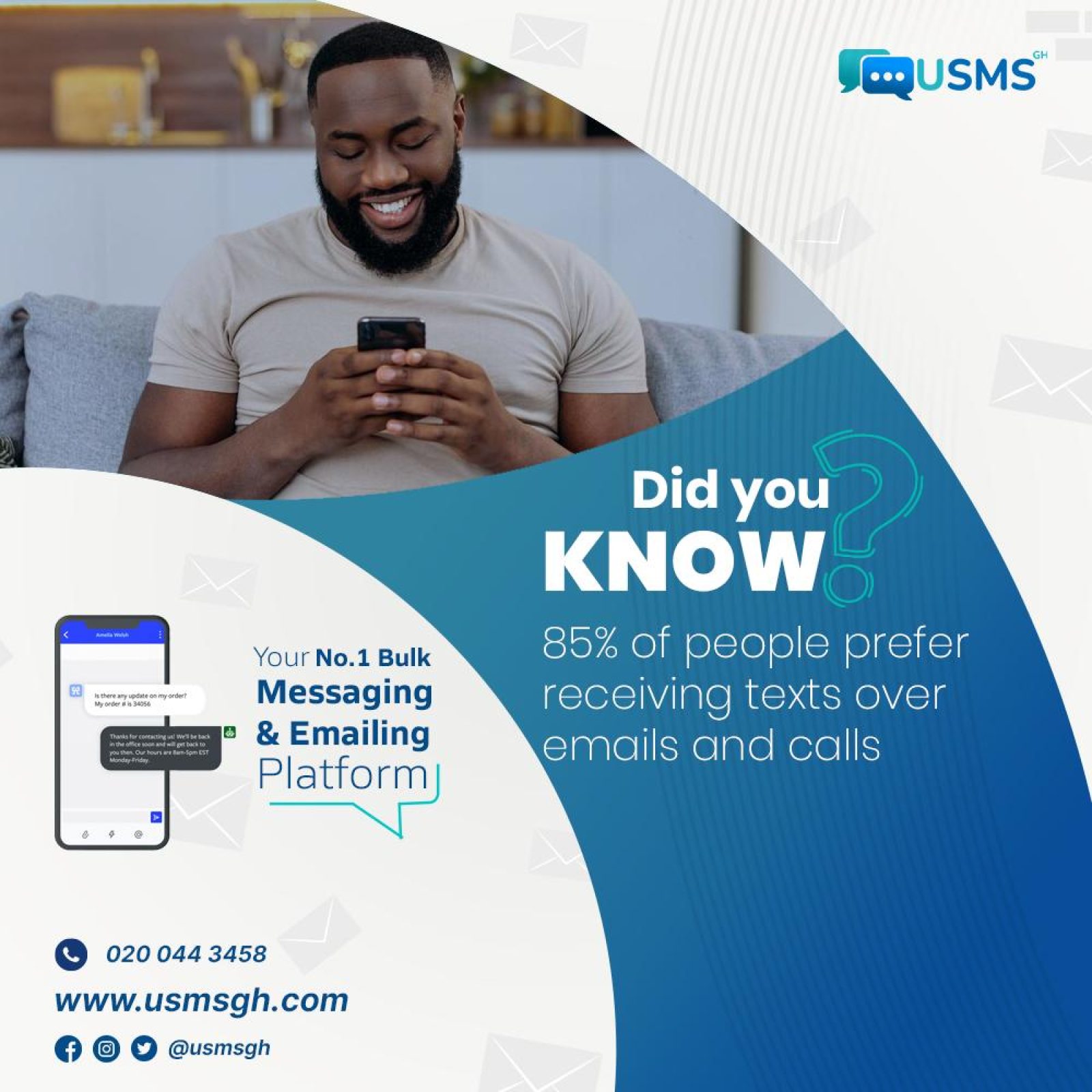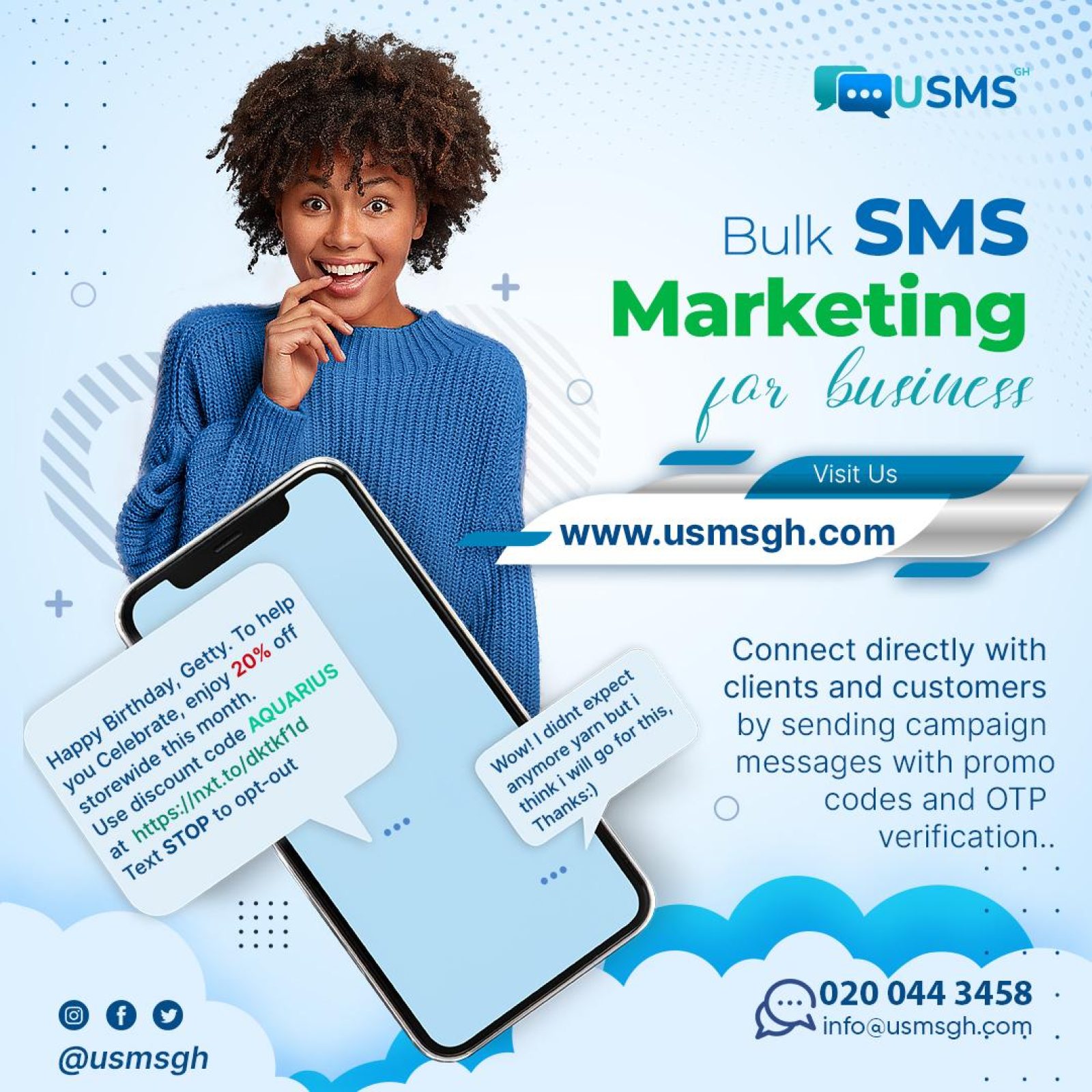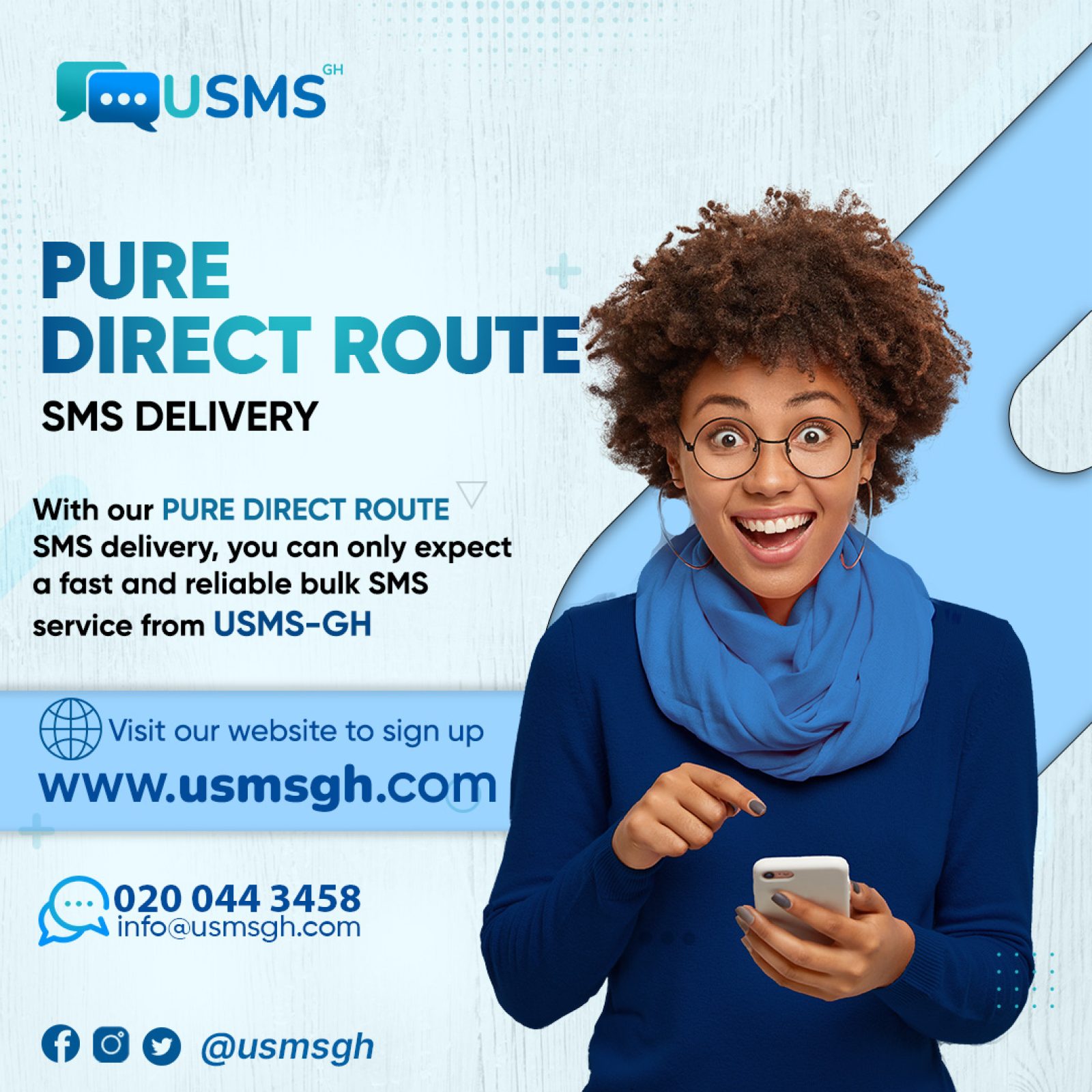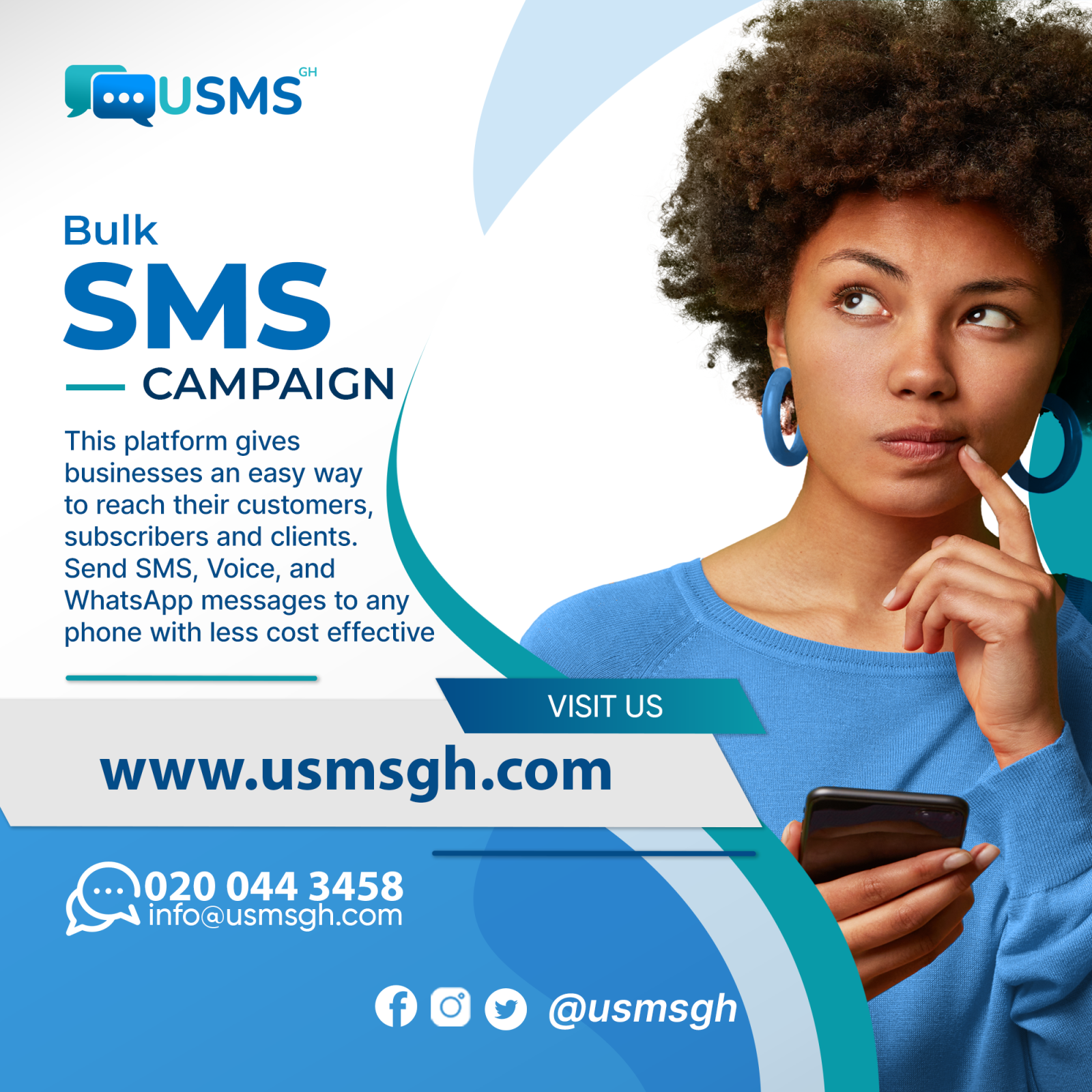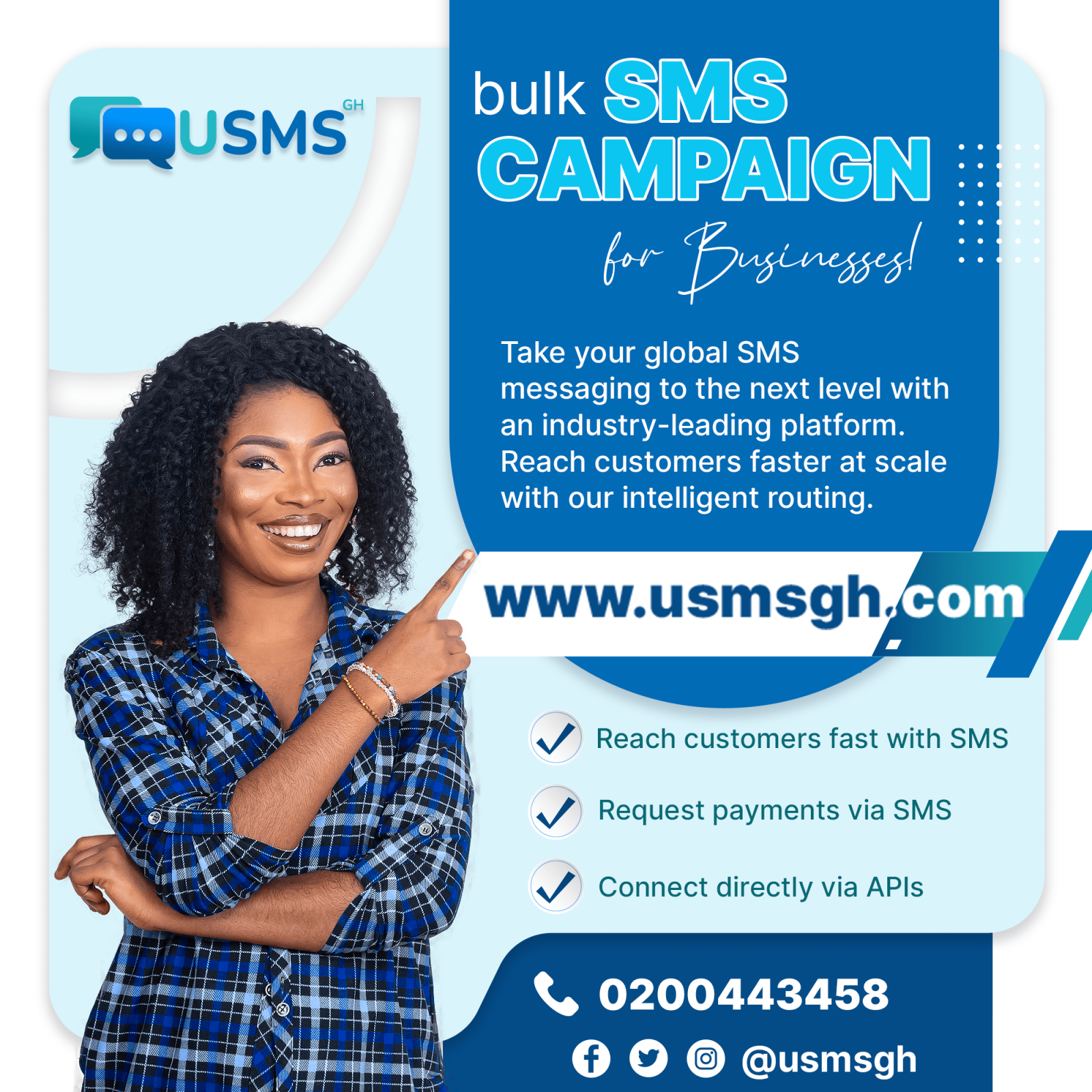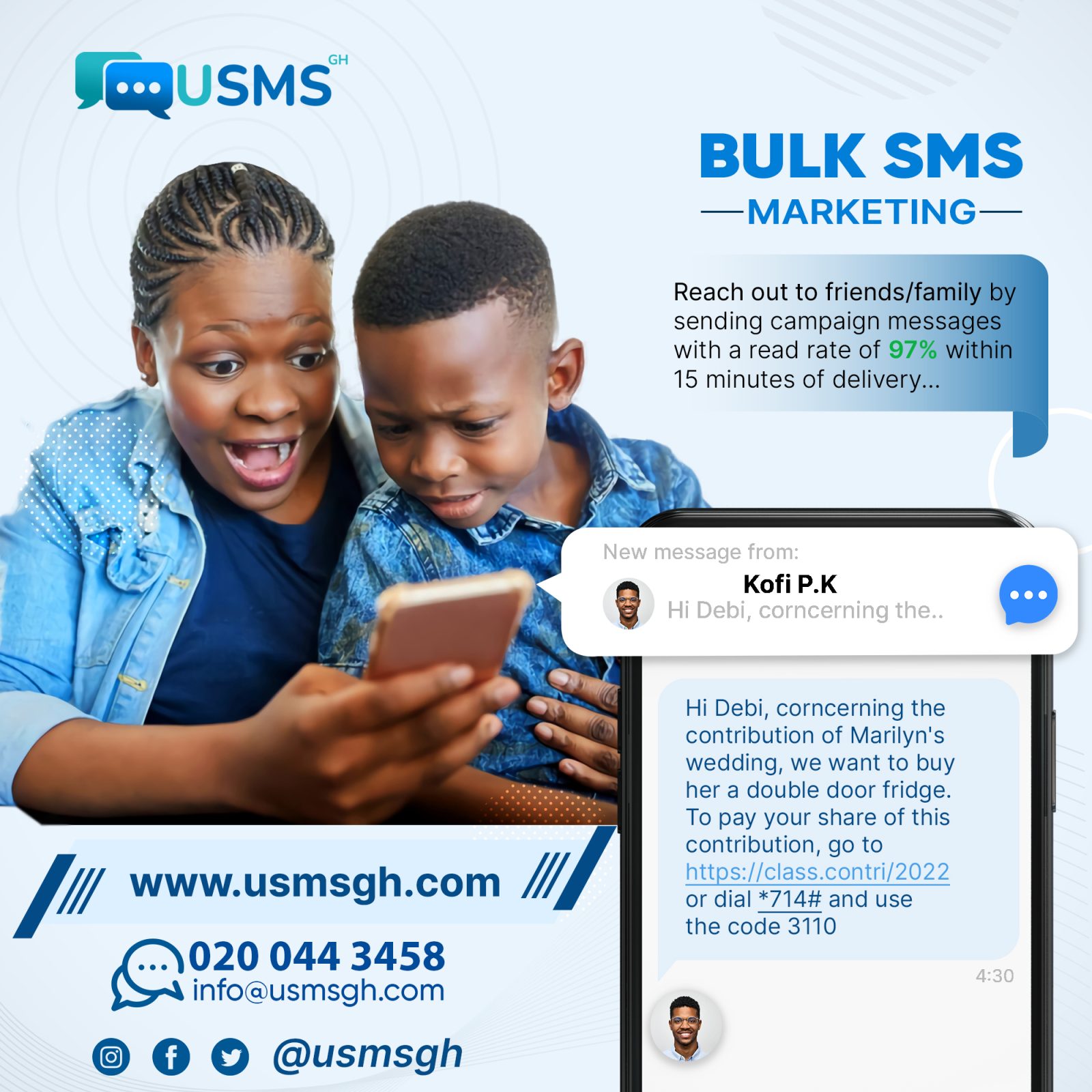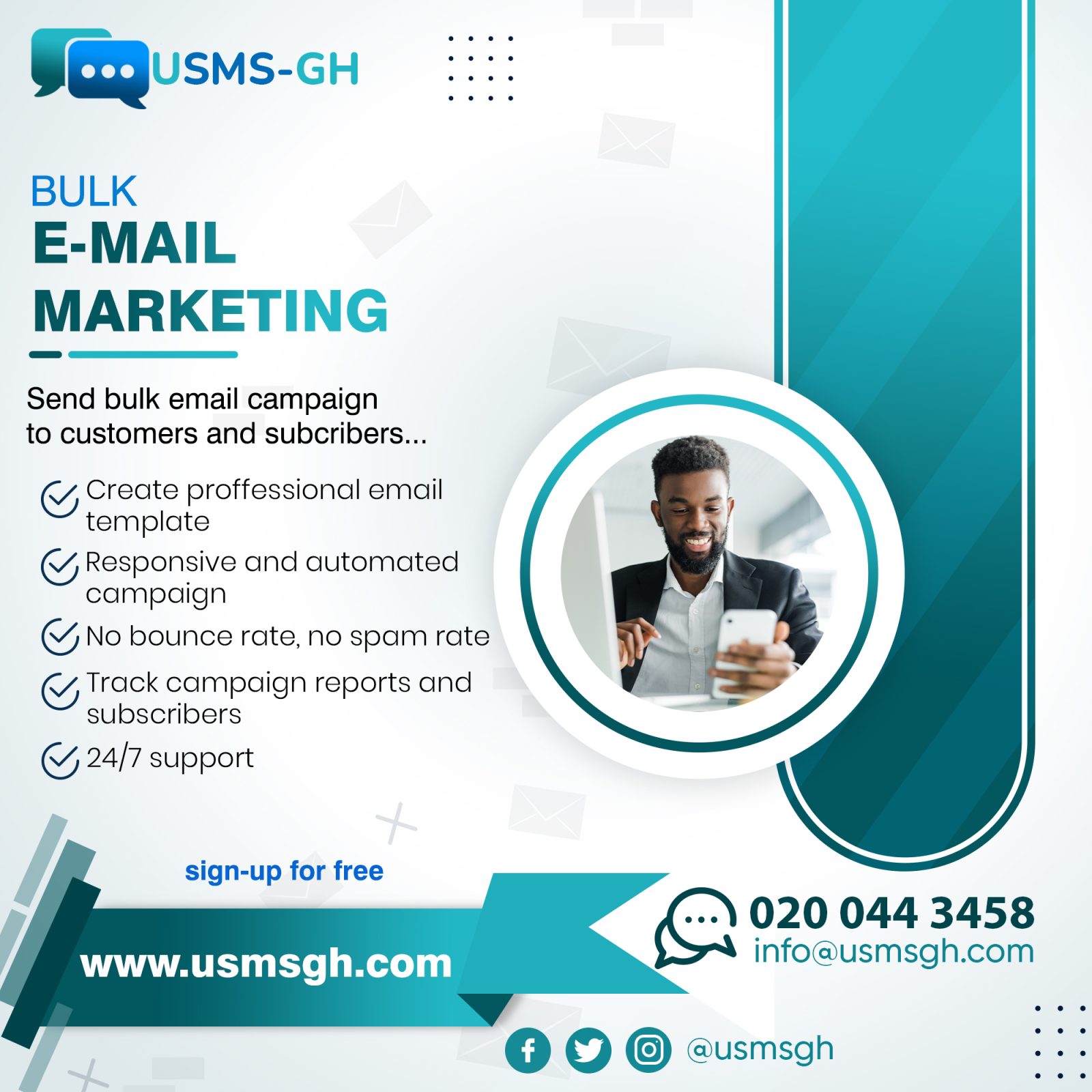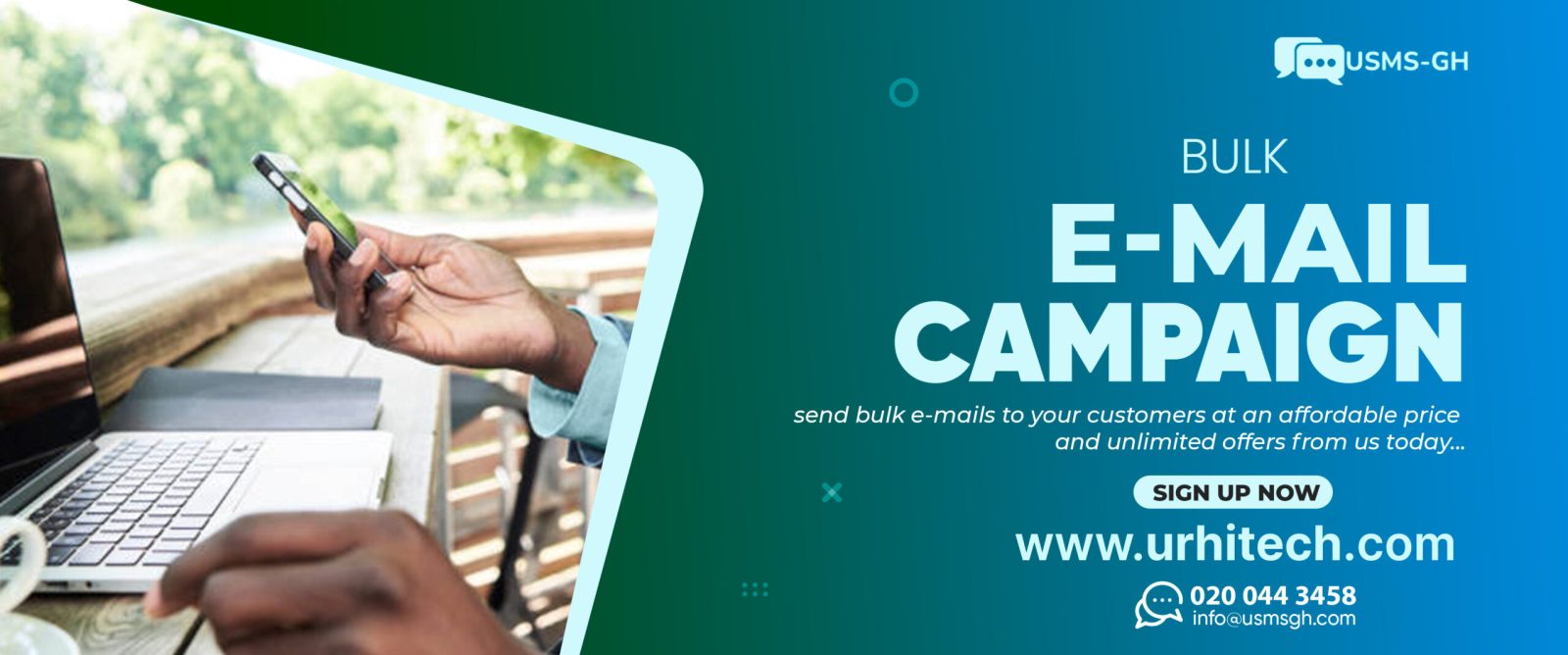SMS 2FA
SMS 2FA
One glimpse at the headlines and it’s pretty clear that cybercrime is huge right now. And it’s growing, so it’s no wonder businesses are so focused on...
OTT Messaging
OTT Messaging
Heard of OTT messaging? Not quite sure what it’s all about? While the acronym might not be all that familiar to you, the channels used for OTT...
USSD GH
USSD
Unstructured Supplementary Service Data popularly known as USSD is a protocol used by GSM (Global System for Mobile Communications ) cellphones to...
Bulk SMS-GH
Bulk SMS-GH
What is Bulk SMS-Gh?
Bulk SMS-GH refers to the sending of large numbers of SMS messages to mobile phones.
Mobile phones have become an integral part...
Why do businesses need Bulk SMS-GH Messaging
Why do businesses need Bulk SMS-GH Messaging
Why do businesses need Bulk SMS-GH messaging is an excellent tool for businesses to stay in touch with their...
SMS sales automation
SMS sales automation
From prospecting to lead management and closing deals, your sales team can use SMS sales automation to help move customers through the sales...
2-Way Bulk SMS
2-Way Bulk SMS
2-Way Bulk SMS lets you send and receive messages to and from hundreds of people at once through a web-based platform that uses API. Your customers...
SMS Unicode
SMS Unicode
Conventionally, SMS Unicode (Short Message Service) messaging is recognized to be one of the most used mediums of communicating. The techniques used in constructing SMS Unicode messages shape the way messages are sent and received by recipients. With that noted,...
Email Marketing
EMAIL MARKETING
Email marketing is a powerful marketing channel, a form of direct marketing as well as digital marketing, that uses email to promote your...
E-Mail Marketing Campaign
Email Marketing Campaign
An email marketing campaign is a sequence of marketing efforts that contacts multiple recipients at once. Email marketing campaigns are designed to reach out to subscribers at the best time and provide valuable content and relevant offers. Using email...
